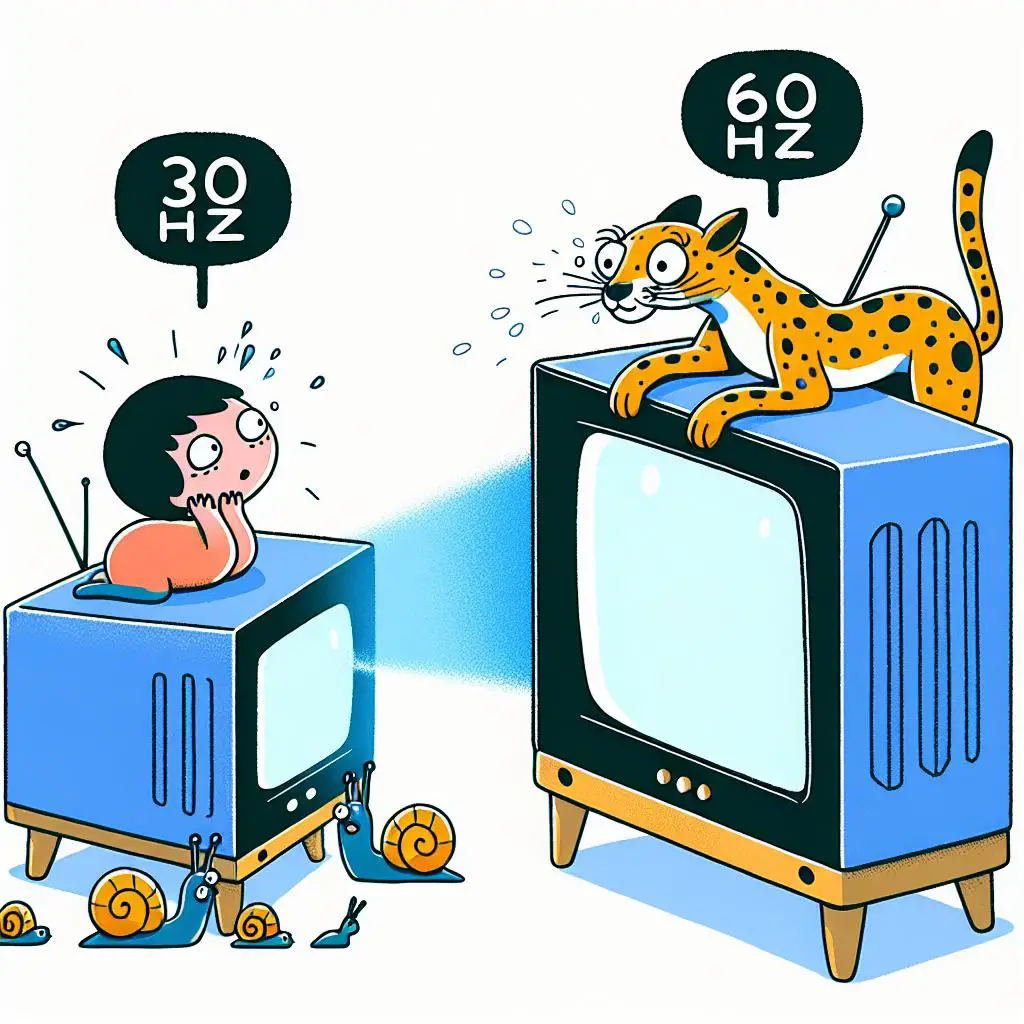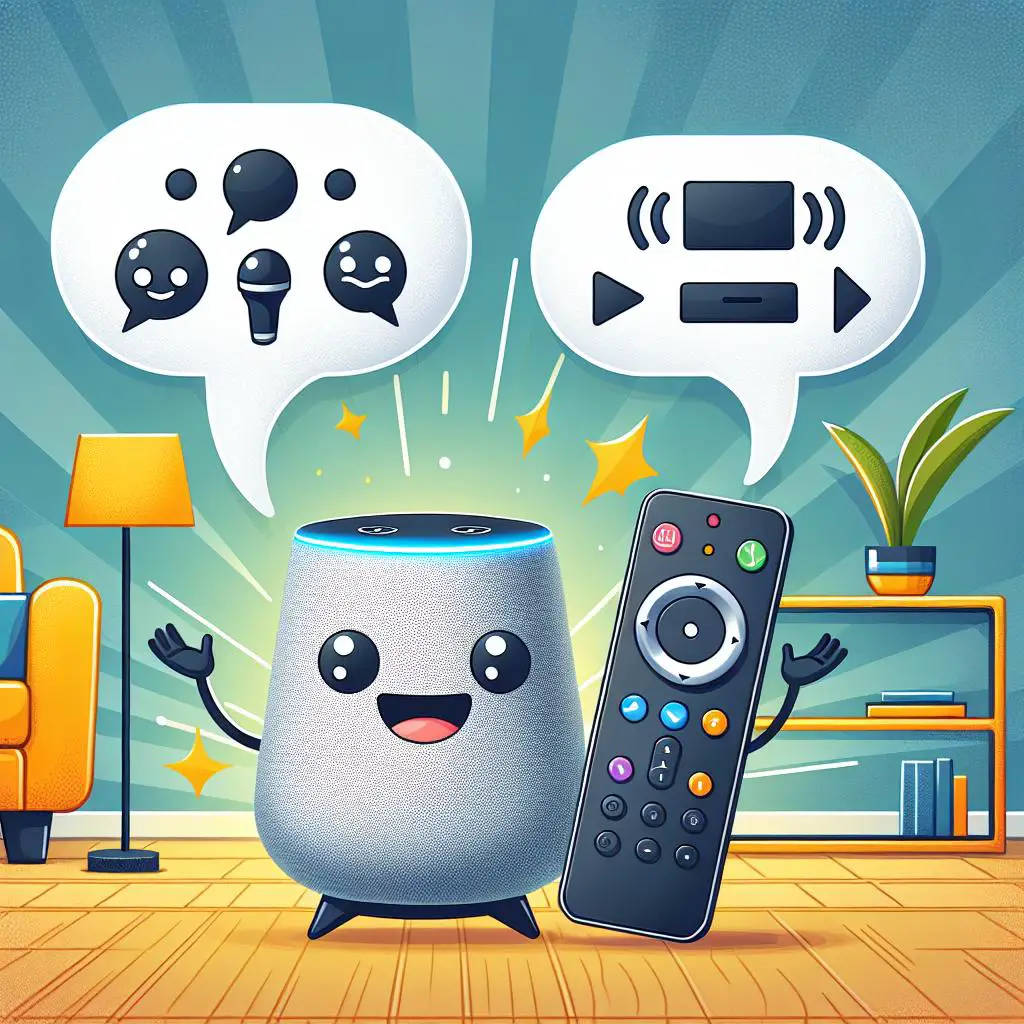Are you shopping for a new television or gaming monitor? If so, chances are you’ve heard of the terms 30 Hz and 60 Hz. But what do they mean and how can they affect your viewing experience? In this blog post, we’ll explore the differences between 30 Hz vs 60 Hz and help you decide which is best for your needs.
What are Refresh Rates?
Refresh rates are measured in Hertz (Hz) and denote how often a display refreshes per second. It is important to note that the refresh rate isn’t the same as the frame rate, which is how often the content is updated per second. For example, a 60Hz refresh rate means that the display refreshes 60 times per second, while a frame rate of 30fps means that there are 30 frames of new content per second. A higher refresh rate generally results in smoother motion, but it does not increase the sharpness or resolution of the image.
What is the Difference between 4K 30 and 4K 60 Hz?
Understanding the difference between 4K 30 and 4K 60 Hz is important for anyone looking to purchase a new 4K TV or monitor. 4K 30 and 4K 60 Hz refer to the number of frames per second that can be displayed on the screen. 4K 30 means the display can redraw the entire screen 30 times per second, while 4K 60 Hz means it can redraw the entire screen 60 times per second. This difference in refresh rates can have a major impact on how smooth a video appears on the display. 60 Hz displays tend to offer smoother visuals, especially when it comes to fast-paced action or gaming, while 30 Hz displays are better suited for casual viewing and watching movies.
Is 30Hz Enough for 4K Movies?
When it comes to watching movies, the refresh rate becomes a more important consideration. All 4K or high definition movies are rendered at 60 frames per second, meaning that it needs a TV with a refresh rate of at least 60Hz to display the movie without any visible stuttering. Watching a 24Hz movie on a 30Hz monitor will make for a terribly juddery experience. The seiki also accepts 24hz at 4K, and while this can be enough to watch movies smoothly, it is not recommended. If you want to watch movies in 4K without any stuttering, 60Hz is definitely the better choice.
Pixel Frequency
Pixel frequency refers to the rate at which a pixel changes color. This is important because if the pixel frequency is too low, there can be visible flickering on the screen. Low pixel frequency can cause eye strain, headaches, or fatigue. For this reason, it is important to choose a monitor or display with a high enough pixel frequency to avoid these issues. Generally, a refresh rate of at least 60 Hz is recommended for a comfortable viewing experience.
CEA-861-F
CEA-861-F is the Consumer Electronics Association’s standard for Ultra High Definition (UHD) video and audio. It defines the necessary video and audio formats for UHD TVs and related products, such as video switchers. CEA-861-F defines resolutions up to 3840 x 2160 at 60 Hz, and 4096 x 2160 at 30 Hz. It also specifies the necessary color subsampling and pixel frequency required for UHDTV-4K/DCI-4K displays. This means that if you want to experience 4K content at its fullest, you need an HDMI cable/adapter rated for the highest possible speed (HDMI 2.0) to make use of the full capabilities of CEA-861-F.
1080p 60Hz
1080p is a resolution of 1920×1080 pixels. It is the highest resolution available for HD content and is still a popular standard. When it comes to refresh rates, most modern displays support 1080p/60Hz, which is the minimum requirement for most console and PC gaming systems. This means that each frame is updated 60 times per second, providing a smooth and responsive experience. 1080p/60Hz is also the minimum requirement for streaming services such as Netflix and Hulu, making it the best choice for media consumption as well.
DCI-4K/UHDTV-4K
DCI-4K/UHDTV-4K is a 4K standard used by the movie projection industry. The resolution is 4096×2160, and the refresh rate is 24Hz or 48Hz. However, when it comes to monitors, the refresh rate of 30Hz or 60Hz is more common. While 30Hz is sufficient for most tasks, 60Hz displays offer a smoother viewing experience, making them ideal for gaming or multimedia applications. With the latest HDMI 2.1 technology, some displays can even go up to 120Hz, providing an even more immersive experience. Whichever refresh rate you choose, make sure that your monitor is compatible with your device and that you have all the necessary cables for a seamless connection.
Color Subsampling
Chroma subsampling is a form of compression that reduces the color information in a signal to save on bandwidth. It is typically expressed in a 4:4:4, 4:2:2, or 4:2:0 format, with the latter two allowing for higher refresh rates. 4:4:4 allows for up to 30 Hz, while 4:2:0 can reach up to 60 Hz. Films and most other video content rarely go above 30 frames per second, but some newer games and media can reach up to 60 frames per second. This means that with chroma subsampling, one can get 2160p@60hz at 4:2:2 and 10-bit color. It’s important to consider both the refresh rate and the chroma subsampling format when selecting a display, as this will dictate how sharp the video content will look and how many frames per second it is able to support.
30Hz vs 60Hz
When it comes to refresh rates, 30Hz and 60Hz are the two most common options. 30Hz is the standard refresh rate for 4K TVs and panels, but 60Hz is more prevalent on modern displays. This difference in refresh rates can affect the viewing experience, so it’s important to understand the difference between 30Hz and 60Hz. Generally, a higher refresh rate will result in a smoother, more fluid viewing experience. However, that doesn’t always mean that 60Hz is better than 30Hz. For example, when watching a movie at 24fps, the difference between 4K30 and 4K60 isn’t as noticeable. It’s also worth noting that sports, news, and daytime dramas are typically broadcasted at 50Hz or 60Hz, which means they may appear less fluid on a 30Hz display. Ultimately, it depends on what you’re using your display for – if you’re playing games or watching fast-paced content, then 60Hz is likely going to be the better option for you.
Sharpness vs Refresh Rate
Refresh rate and sharpness are two different aspects of a monitor’s performance. Refresh rate is the rate at which the screen refreshes the image, while sharpness is a measure of the total number of pixels in an image. A high refresh rate will not necessarily result in a sharper image, but it will make the motion smoother, particularly in cases with animated content. A higher refresh rate can help with sports and daytime dramas, but for movies, 4K resolution at 30Hz is often sufficient. Ultimately, it depends on what you are using your monitor for, and what kind of visual experience you prefer.
Sports and Daytime Dramas on 30Hz Displays
Sports, news, and daytime dramas are typically broadcasted at 50Hz or 60Hz. As a result, they may not be as fluid on a 30Hz display. However, if you are watching video content that isn’t broadcasted at a higher frequency, such as films and tv shows, then 30Hz is more than enough. Furthermore, if you are using a 4K TV with a 60Hz refresh rate, you can enjoy true HDR content. In contrast, if you are using a 30Hz display, you will be limited to 1080p resolution. On CRT screens, 30Hz was much lower than the framerates available today and could lead to mouse lag. This is why many people prefer 60Hz refresh rates for their displays.
Which is Better: 60Hz or 30Hz?
It’s a common misconception that 60Hz is always better than 30Hz when it comes to displays. However, it really depends on the type of usage. For example, if you are watching movies, then a 60Hz display is preferred as it can keep up with the 24fps frame rate of most movies. However, if you are watching sports or daytime dramas, then a 30Hz display is more than satisfactory. Ultimately, it comes down to personal preference and the type of content you are consuming.


